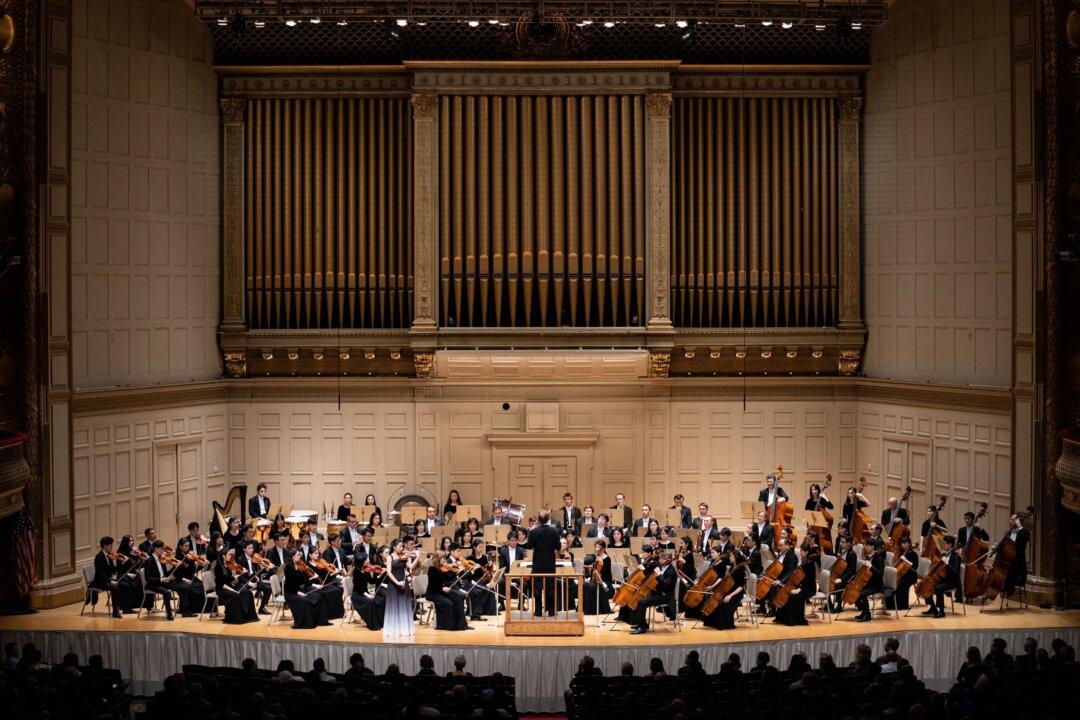In December 1917, Finland declared independence from Russia after years of enduring a testy relationship as a “Grand Duchy” within the Russian Empire, struggling to hold on to its national identity and culture amid “Russification” policies. It was the year the Soviets initiated the Russian Revolution, and Finland wanted nothing to do with it.
“We fought 600 years for our freedom and I am part of the generation which achieved it,” wrote the composer Jean Sibelius. Existing between the competing powers of Sweden and Russia, Finland had been subject to foreign influence for centuries. “Freedom! My Finlandia is the story of this fight. It is the song of our battle, our hymn of victory,” wrote Sibelius.






